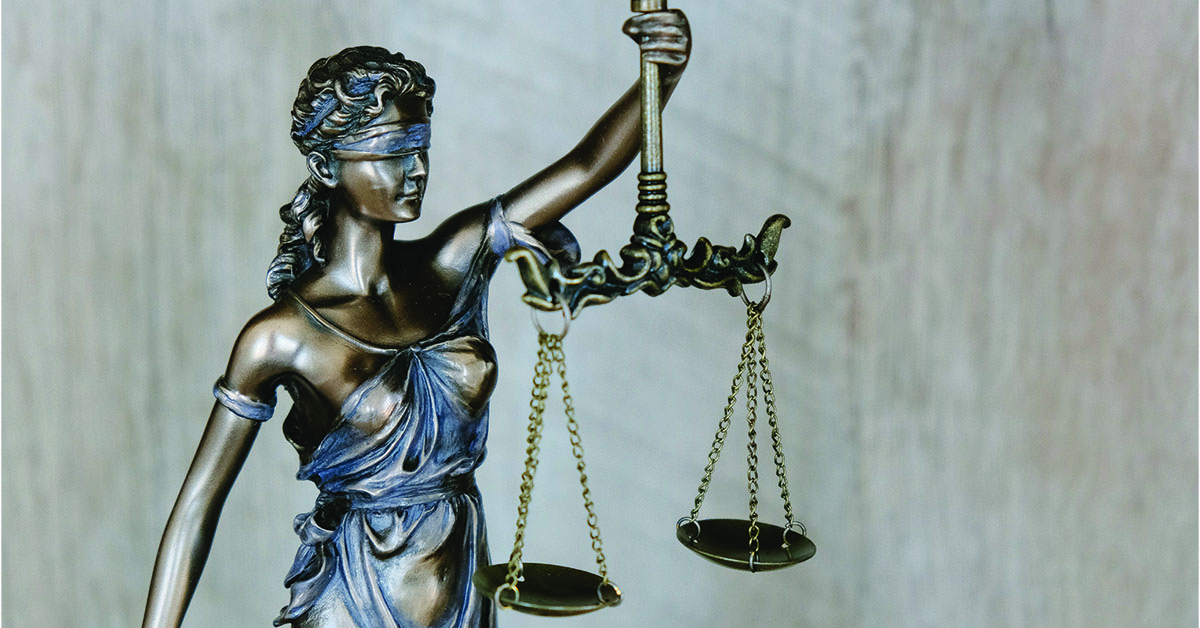You’ve been tasked with writing an article for your finserv firm on investing in target date funds—a primer on what they are, how they’ve performed, who they’re appropriate for. The writing part is simple and straightforward—but where will your supporting information come from?
Presumably you’ll begin your research by tapping into your firm’s existing copyrighted content and any data licenses it may own, cannibalizing and repurposing to fit your current project. But that may take you only so far, so you continue your research externally on the Internet, sampling articles, white papers, blogposts, the Google Images library—and even competitors’ websites.
No doubt you’ll find plenty of relevant material—most likely more than you need—as well as a wealth of charts and graphs of various vintages from many sources. And that is all well and good, provided you have an informed understanding of where fair use ends and plagiarism begins. The problem is that the boundary isn’t always clear.
Much if not most Internet content is copyright-protected. This restricts, but doesn’t necessarily eliminate, your freedom to borrow from it under the “fair use” doctrine, which allows limited use of some copyrighted material in certain circumstances without securing permission.
Since the numerical and historical facts pertaining to target date funds are widely available and not copyrightable, you can probably adapt what your research turns up without exposing yourself to a lawsuit. But poach too liberally from a single source, or screen-grab a stylized infographic and you may be asking for trouble.
The Copyright Act of 1976 lays out four criteria for courts to apply in determining whether the use of copyrighted material falls within the boundaries of fair use:
1. The purpose and character of the use—e.g., whether it’s for commercial gain or for nonprofit educational purposes.
2. The nature of the copyrighted work. Facts and ideas are not copyrightable, but how they’re expressed may be.
3. The amount and substantiality of the portion of the work used in relation to the copyrighted work as a whole. Quoting small parts of an entire work without explicit permission may be deemed excusable.
4. The effect on the value of or potential market for the copyrighted work. “Fair use” does not free you to borrow so broadly from a source that its market value is diminished.*
Keep in mind that these criteria are intended as guidelines, not commandments, and that one court’s interpretation may differ from another’s. Also avoid buying into the following common misconceptions about what constitutes fair use:
• If it’s on Google Images, feel free to copy and paste. No, no, no! The fact that a chart or graph appears there—or anywhere else on the Internet—does not place it in the public domain. (However, it is generally permissible to construct your own chart with publicly accessible data.)
• Applying the 30% rule will shield you from plagiarism claims. This is the “principle” that changing 30% of a work makes it your own. The 30% rule won’t protect you because there is no such thing.
• As long as you credit the source, you’re home free. Doing so may add some weight to your defense, but it doesn’t meet the definition of “fair use.”
• Copyright infringement claims are hard to prove. Since they’re civil disputes, not criminal cases, they don’t have to be proved. All that’s required of the plaintiff is that their case be supported by a fair preponderance of evidence.
Final note: None of what appears in this article should be construed as legal advice. Whether you’re writing a brochure about target date funds, a white paper on cryptocurrencies or a how-to article on changing sparkplugs, use common sense, prudence and your own sense of fair dealing in researching your topic. And, of course, if questions arise, consult a lawyer.
* https://www.law.cornell.edu/uscode/text/17/107




